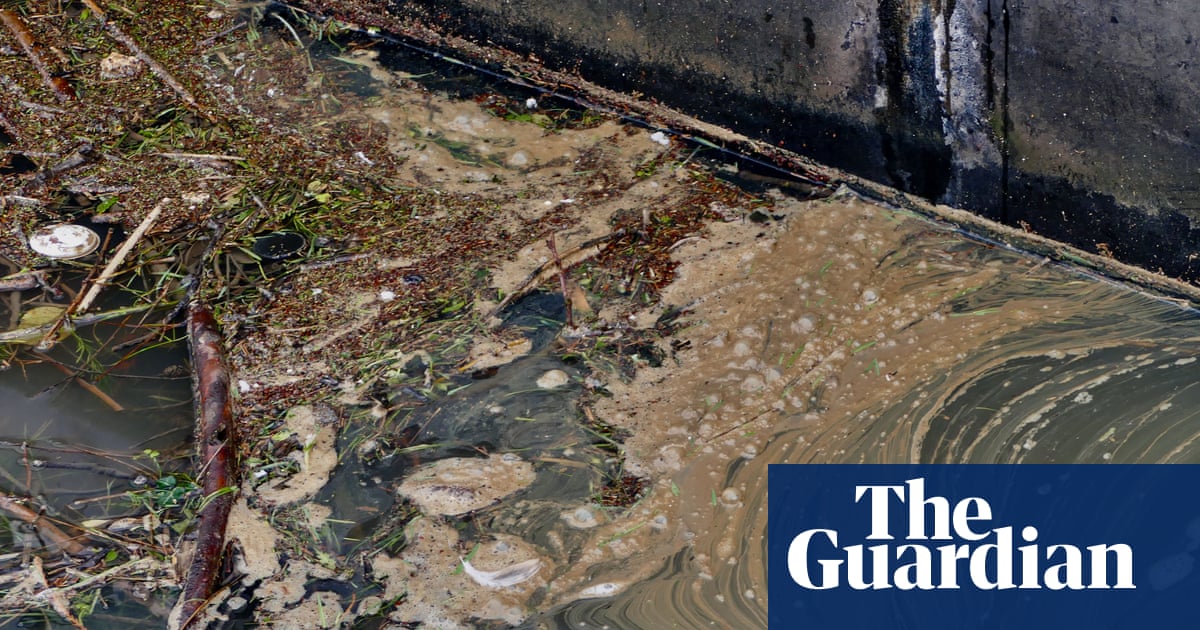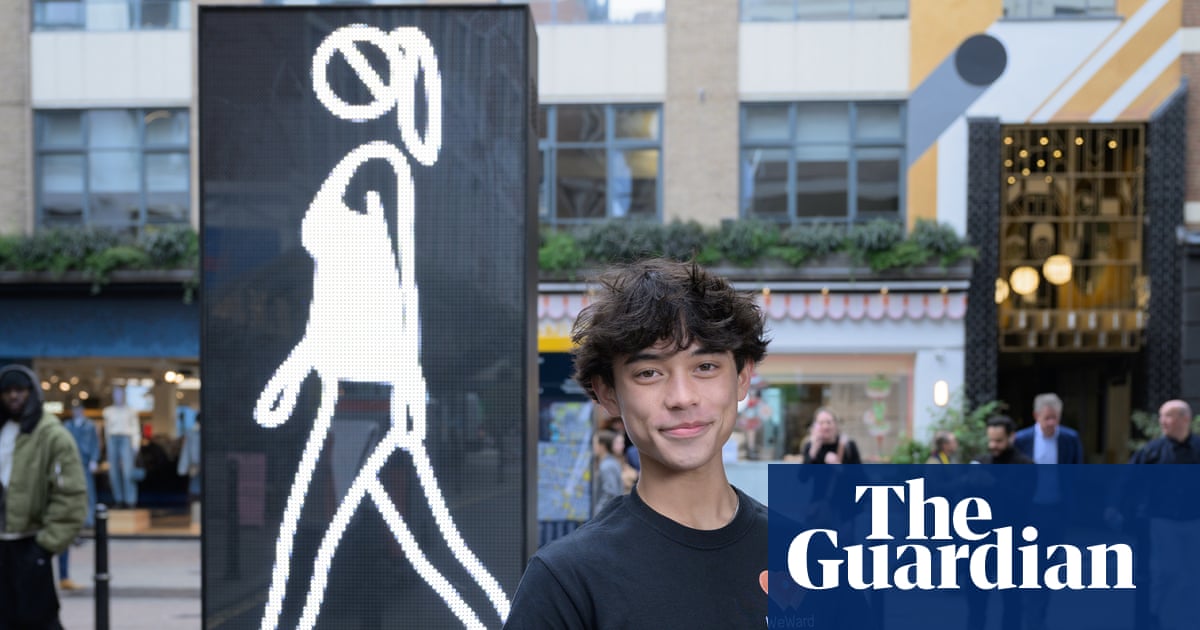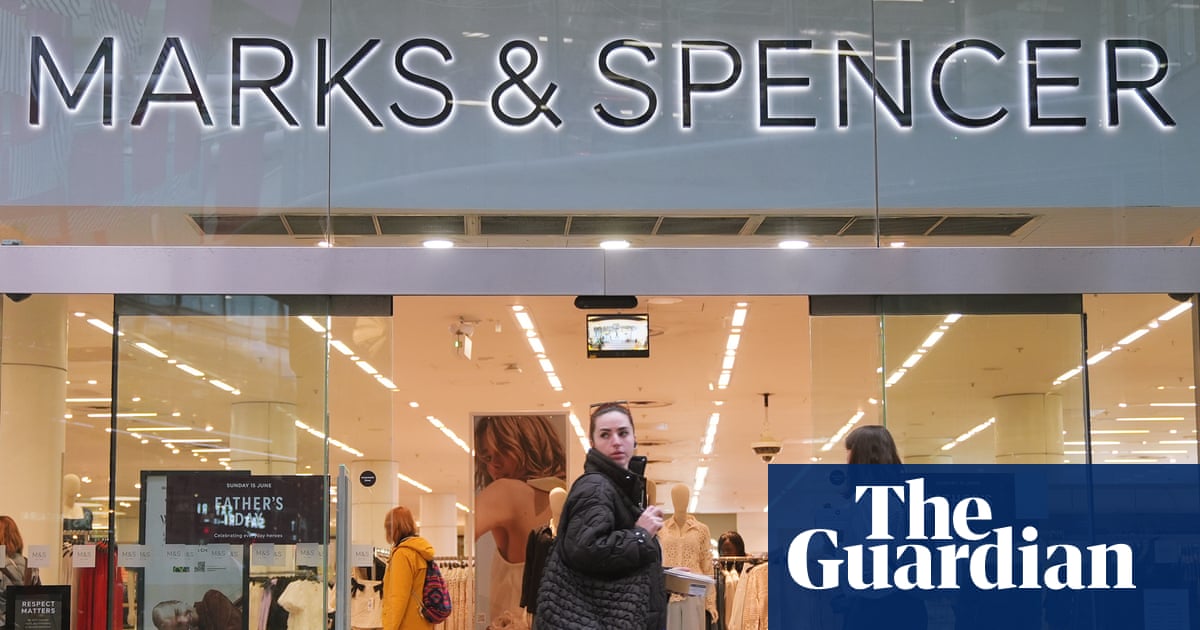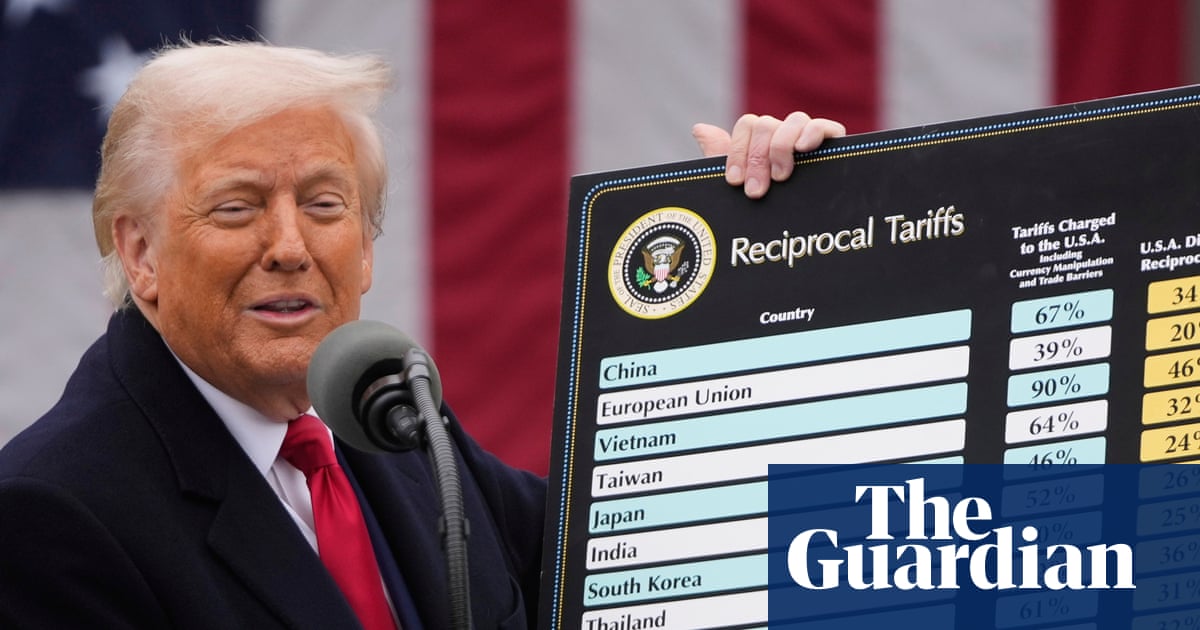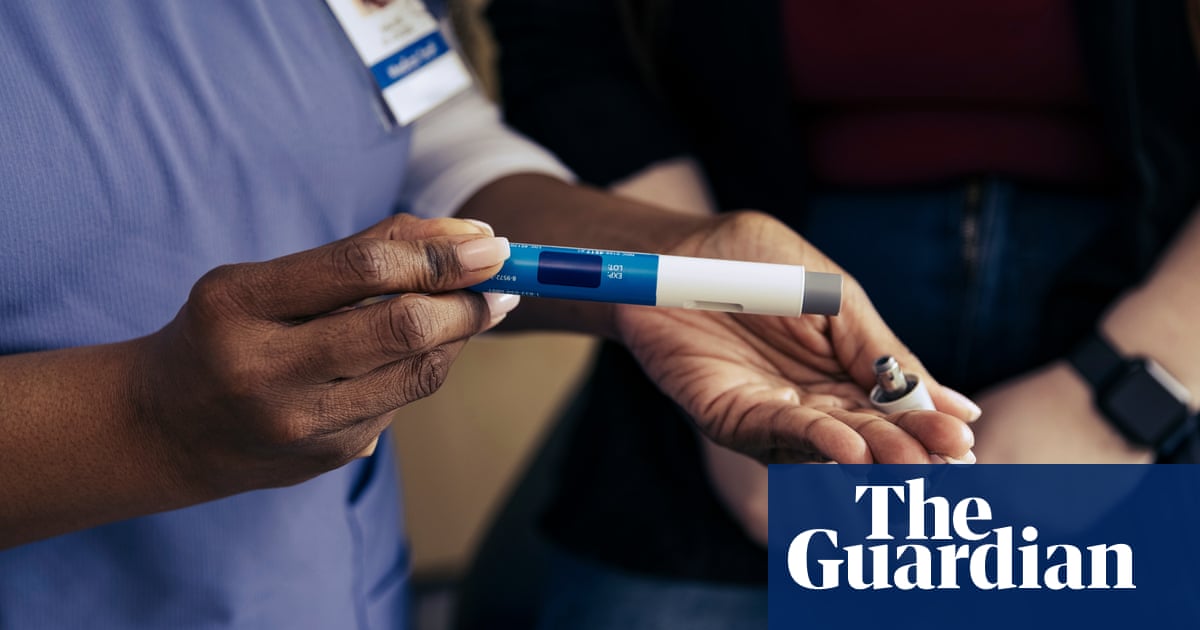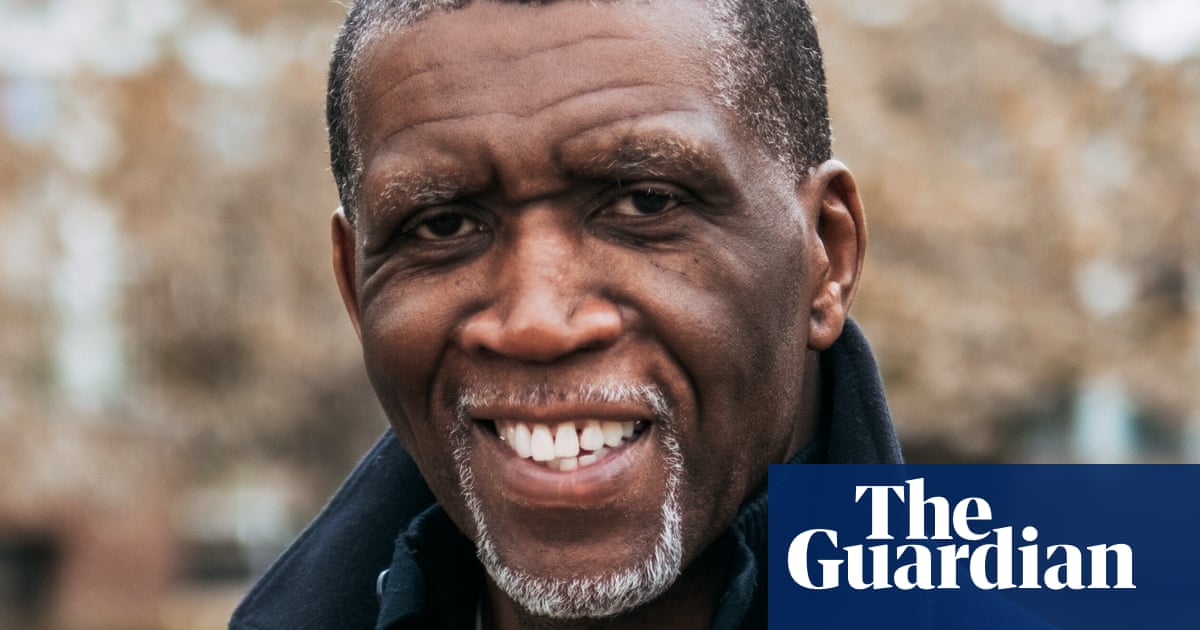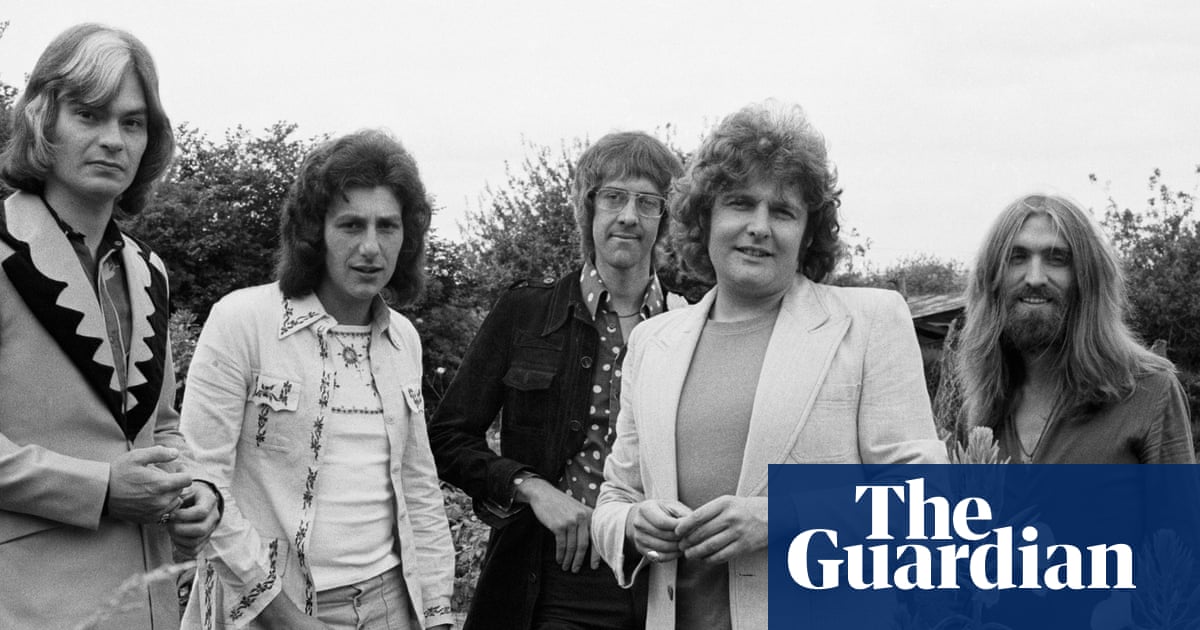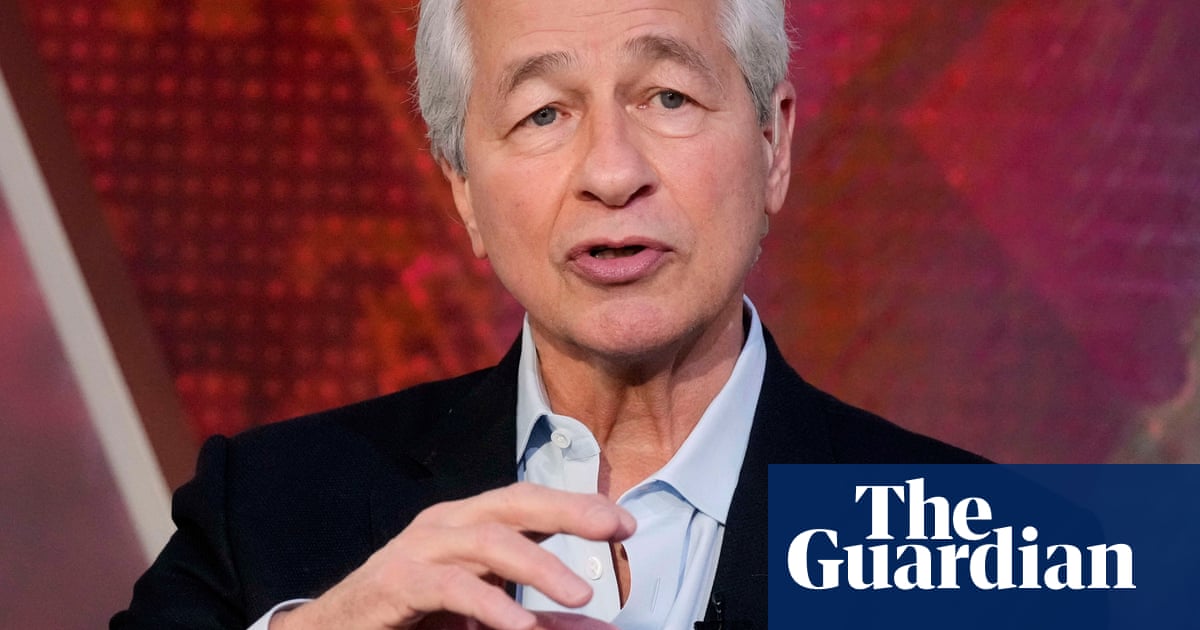Air pollution in England and Wales has fallen, but the poorest neighbourhoods are still exposed to the most extreme levels of toxins, new analysis has found.
Experts have called this a “grave environmental injustice” as the inequality around who is exposed to air pollution has dramatically grown in the last decade.
Over the last decade, air pollution has fallen by a third, and the number of neighbourhoods that have the worst air quality – with double the levels of either nitrogen dioxide or fine particular matter (PM2.5) recommended by the World Health Organization (WHO) – has fallen by 93%.
However, new analysis by Friends of the Earth has found people of colour, those on low incomes and non-drivers are now disproportionately overrepresented in the 5% of neighbourhoods still exposed to the most extreme air pollution. These neighbourhoods tend to be in low-income areas of urban centres such as London or Manchester.
Long term exposure to toxic air pollution can cause myriad health conditions including asthma, lung disease, heart disease, cancer and strokes.
At the start of the decade, 30% of those in air pollution hotspots were on low incomes, 20% were people of colour and 22% didn’t own a car. Now, half the population are people of colour, 48% are on the lowest incomes, and 60% don’t drive. They are also home to roughly 600,000 children, of which two-thirds are under 12. There are 1,234 schools in these neighbourhoods.
Those areas with air quality better than WHO guidelines have populations where only 3% are people of colour and 16% are income deprived.
The air pollution campaigner Beau Boka-Batesa, from London, founded Choked Up with a group of her peers during the Covid pandemic. She said: “Unfortunately, the story the data tells is not news to me, nor my peers and loved ones: it’s our lived experience.
“Growing up, a lot of friends or family either had chronic illnesses or asthma. Air pollution is a complex issue and while it’s important to acknowledge that we are moving forward in terms of reducing dirty air, we need to ensure that the most vulnerable members of our communities are actively at the forefront of policy if we are to achieve any sort of justice in the future.”
Friends of the Earth is calling on the government to do more to address these inequalities, particularly as much air pollution comes from transport and many of those in the worst polluted areas do not drive.
Mike Childs, the head of science, policy and research at Friends of the Earth, said: “This data uncovers a story of grave environmental injustice. It’s unacceptable that those least responsible for air pollution are the ones left to breathe extraordinarily high levels of health-damaging dirty air.
“While progress in the last 10 years has been laudable, we now need a concerted effort to extend these air quality improvements to the remaining hotspots and the communities that live there. Bringing the UK’s legal limits for air quality in line with WHO guidelines is a great place to start.”
He said the chancellor, Rachel Reeves, should use her upcoming budget later this month to increase funding to improve public transport and infrastructure for walking and cycling, and accelerate the uptake of electric vehicles.
The Department for Environment, Food and Rural Affairs said: “Air pollution is a public health issue and we are taking action to tackle it across the country.
“We have provided local authorities with £575m since 2018 to improve air quality and we continue to work with them to cut harmful emissions and reduce everyone’s exposure to air pollution.”

.png) 4 hours ago
9
4 hours ago
9

